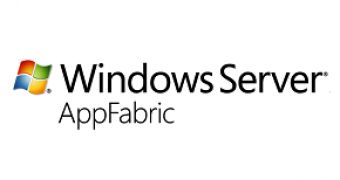Microsoft is providing early adopters testing Velocity and AppFabric with a resource designed to streamline the migration process between two releases of the caching technology. The Redmond company is not, however, providing an easy way to upgrade from Velocity CTP3 to Windows Server AppFabric Caching Beta 1. Customers that are already test driving the technology will need to perform the migration manually. In this regard, Microsoft’s Rama Ramani has authored a whitepaper titled Windows Server AppFabric Caching Beta1 Migration - “Velocity” CTP3 to AppFabric Beta1 migration, which is available for free through the Microsoft Download Center.
“Velocity” Community Technology Preview 3 is considered a stand-alone variant of the AppFabric caching. Microsoft is saying that it simply released a taste of AppFabric caching under the codename “Velocity”. “The functionality from CTP3 has been enhanced and packaged as an integrated Windows Server AppFabric starting with Beta 1,” Ramani revealed. “This transition from a standalone codenamed project to delivery as a component of Windows Server AppFabric is an important milestone and an appropriate time to retire the codename. Moving forward this technology will be delivered as a feature of Windows Server AppFabric.”
Specifically, AppFabric’s distributed in-memory caching technology was previously referred to under the Velocity codename. In its efforts to help developers embrace the Cloud, Microsoft is offering a range of capabilities set up to streamline projects involving hosting services (RESTful or SOAP-based), but also workflows, and application-level monitoring. This is done through Windows Server AppFabric. The technology enables customers to do without tasks associated with maintaining the application infrastructure, and focus more of their resources on the actual apps.
“One of the challenges of composite applications is scaling as the needs of the business grow. AppFabric’s distributed in-memory caching technology (previously code-named “Velocity”) caches data in the middle tier of a composite application to deliver faster performance and greater reliability (through high availability of cached data across a fabric of servers). This provides elastic scale as the number of users grows, without the need to move to larger, more expensive server architectures,” Ramani explained.
Microsoft Project Code Named “Velocity” Community Technology Preview 3 (CTP3) is available for download here. Windows Server AppFabric Beta 1 is available for download here.

 14 DAY TRIAL //
14 DAY TRIAL //